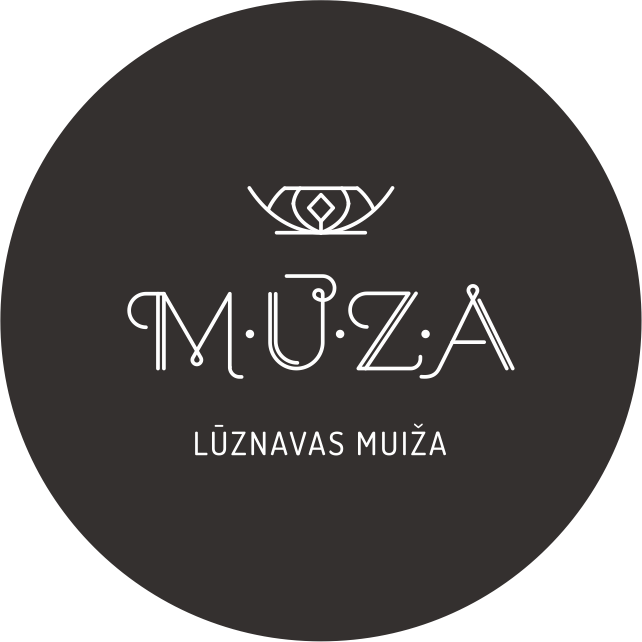POT MARIGOLD
Latvian: kliņģerīte ārstniecības
German: Garten-Ringelblume
Swedish: ringblomma
Estonian: harilik saialill
Lithuanian: vaistinė medetka
Russian: ноготки лекарственные
DESCRIPTION
Pot marigold is an annual, 50 cm tall herb. Stem erect, branched. Leaves elongated,
sessile, arranged alternately. The flowers are yellow or orange-yellow and orange-
brown cones arranged in 3-5 cm diameter baskets. [2]
COLLECTION
Immediately after flowering, throughout the summer, flowers are collected in baskets with or without a 3 cm long stem, but you can also collect only the young, green
leaves and flowers, plucking them from the basket. [3]
USE OF
The chives and young leaves are added to salads. Since ancient times, saffron has
been used as a substitute for clinker flowers. Flowers and tincture are used to treat
poorly healing injuries, inflammation, frostbite and burns. In case of inflammation of
the mouth and throat cavity, rinse with cobblestone tea. [3] Tea treats gastritis,
gastric and duodenal ulcers, colitis, inflammation of the liver, gall bladder, bile ducts,
parathyroid gland and kidney diseases. It is useful for alleviating gynecological pain,
regulating the menstrual cycle, and preventing diseases caused by influenza and
herpes viruses. For the treatment of skin diseases (psoriasis, dermatitis and
eczema), also various wounds, ulcers, bedsores, burns. [2]
EFFECT/SAFETY OF USE
Calming, spasmolytic, blood pressure-lowering, anti-hemorrhagic, anti-inflammatory
and wound-healing effects. [1] Oral preparations should not be used by pregnant
women.
1] Rubene H., Eniņa V. (2004)Ārstniecības augi.Rīga:Zvaigzne ABC. P.343
[2]Eniņa V.( 2017) Veselība pie mājas sliekšņa.100 populārākie ārstniecības augi Latvijā. Rīga: Zvaigzne ABC.p. 264
[3] Bone B., FolkaR., Folka F.,Ditusa Bera R. (2013) Garšaugu dārziņš. Rīga: Zvigzne ABC,p.248
Augu katalogs ir tapis ar Eiropas Savienības finansiālu atbalstu Pārrobežu sadarbības programmas 2014.–2020. gadam projekta LVIII-062 “Versts of Feelings 2” ietvaros


